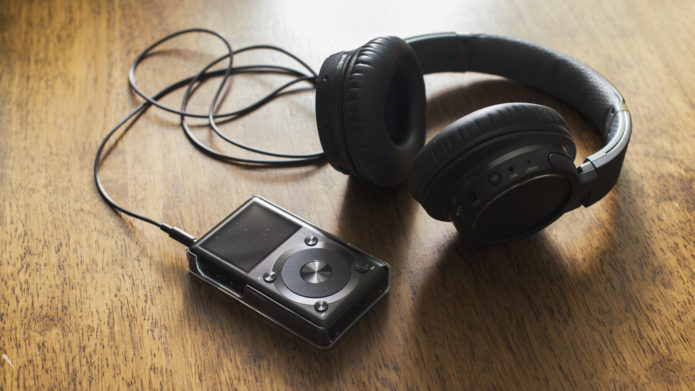MP3 and WAV are both audio formats, files that encode audio data. The main difference boils down to compression and loss. At its most basic, WAV is an uncompressed audio file, also known as a lossless format. This means that there is no loss of data (and therefore quality) from the original audio. On the other hand, MP3 is a compressed format with some loss compared to the originally recorded audio track.
****
What this means for you as an audio consumer is that lossless WAV files take up more space than MP3s. This is what made MP3s more popular when they came out; their smaller size let users save more songs on their hard drive or portable player. The other disadvantage of WAV files in modern days is that — because they are not as prevalent anymore — they might not be supported by your favorite music player.
So, does this even matter? Is there even a noticeable difference between MP3 and WAV files? Well, it depends. If you have high-end audio equipment and a good ear for it, you might notice a distorted effect in MP3 files compared to WAV ones. But for the majority of consumers listening to music on their phones with regular headphones, the difference is minimal. If you do want to try to see if you notice the difference, there are streaming services that offer lossless audio.
****


